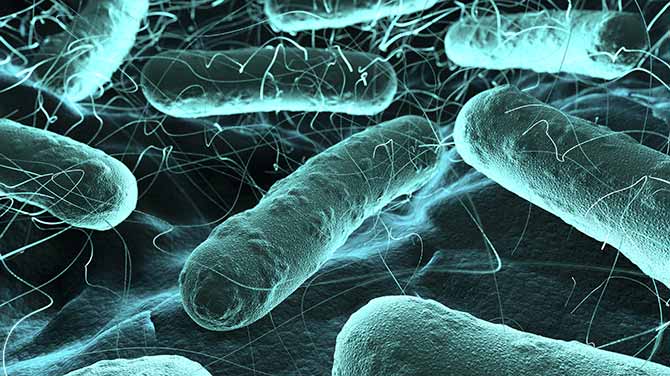
Within the last decade, there has been a steady increase in the rates of reportable sexually transmitted infections (STIs) in teenagers 15-19 years old. Although some of this increase is as a result of more sensitive screening methods, a considerable amount is due to a true rise of this infection among adolescents.
Researchers conducted a retrospective cohort study from 2003 – 2010 in high schools in Philadelphia. Students who were born from 1983 to 1993 and had participated in the Philadelphia High School STD Screening Program were included in the cohort. About 70 public high schools contributed 90,469 students who participated in the STI screening. 75,273 students born in 1985 to 1993 met the inclusion criteria and became the entry cohort for this study. 21 students were excluded because they tested positive for HIV prior to the study or 2 weeks following a first STI test.1 Individuals born in 1985 to 1993 were more likely to have tested multiple times for STIs using the screening program.
Consequently, these individuals served as the study sample. The study sample was matched to 3 existing data sets including reportable STIs surveillance data, HIV surveillance data and death certificates. Individuals were followed up for 184 days to 13 years. The median follow-up time was about 5 years.1
In this cohort, about half were males and two-thirds were non-Hispanic Blacks which is similar in composition to the population attending Philadelphia public schools and participating in the STD screening program. Most of the study participants had their first STI test at age 14 to 16 years. About 1 in 4 study participants had a positive STI at age 11 – 19 years and 1 in 10 had 2 or more STIs as adolescents. The most commonly reported STI was chlamydia. Adolescent girls in this cohort were more than twice as likely to test positive for any STI compared to adolescent boys.1
There were 248 incident HIV infections among the study participants. The median time between a reported STI test and HIV positivity was about 3 years for females and 4 years for males. Females were more likely to become positive through heterosexual contact and males through homosexual contact. Results from this study showed that teenagers who were infected with one of the bacterial STIs were more than twice as likely to contract HIV than teenagers who did not have an STI.1 Gonorrhea is especially more linked to the contracting of HIV in adolescent population who are at risk and has long been considered a gateway infection for HIV. The analysis looked at data for years 2003 through 2010.
The limitation of this study is the fact that it was conducted in an urban setting and results obtained may not be generalized to non-urban areas or areas with very low STI rates. Also the surveillance data used may have under-reported cases of STIs and HIV.
STIs are known to create a biological environment that increases transmission of HIV in people who are already infected with STIs and HIV. Additionally, in those who are already infected with STIs but not HIV, STIs increases their susceptibility to HIV infections.2,3
STIs are known to create a biological environment that increases transmission of HIV in people who are already infected with STIs and HIV. Additionally, in those who are already infected with STIs but not HIV, STIs increases their susceptibility to HIV infections.2,3
Clearly, most of the bacterial STIs are asymptomatic making their transmission even more likely among individuals who engage in risky sexual behaviors.
This study has again highlighted the importance of risk avoidance in tackling the spread of many sexually transmitted diseases. Parents, parenting adults, educators are encouraged to begin a discussion with young people about making healthy sexual decisions.
Reference:
1 Newbern EC, Anschuetz GL, Eberhart MG, et al. Adolescent Sexually Transmitted Infections and Risk for Subsequent HIV. Am J Public Health. 2013; 103:1874-1881.
2 Røttingen JA, Cameron DW, Garnett GP. A systematic review of the epidemiologic interactions between classic sexually transmitted diseases and HIV: how much really is known? Sex Transm Dis. 2001; 28(10):579-597.
3 Moss GB, Kreiss JK. The interrelationship between human immunodeficiency virus infection and other sexually transmitted diseases. Med Clin North Am. 1990; 74(6):1647-1660.
Fast Fact for the Month
About 50,000 new HIV infections occur each year in the United States. One in five people living with HIV do not know they are infected.[1]
Reference:
Centers for Disease Control and Prevention. Estimated HIV incidence among adults and adolescents in the United States, 2007–2010. HIV Surveillance Supplemental Report 2012;17(No.4). Available at: http://www.cdc.gov/hiv/topics/surveillance/resources/reports/#supplemental CDC – HIV/AIDS – Surveillance Reports. Accessed October 16, 2013.
Notes
“Adolescents with bacterial sexually transmitted infections have a higher risk for contracting HIV,” Medical Institute for Sexual Health e-newsletter, 22 October 2013. Accessed 31 October 2013.